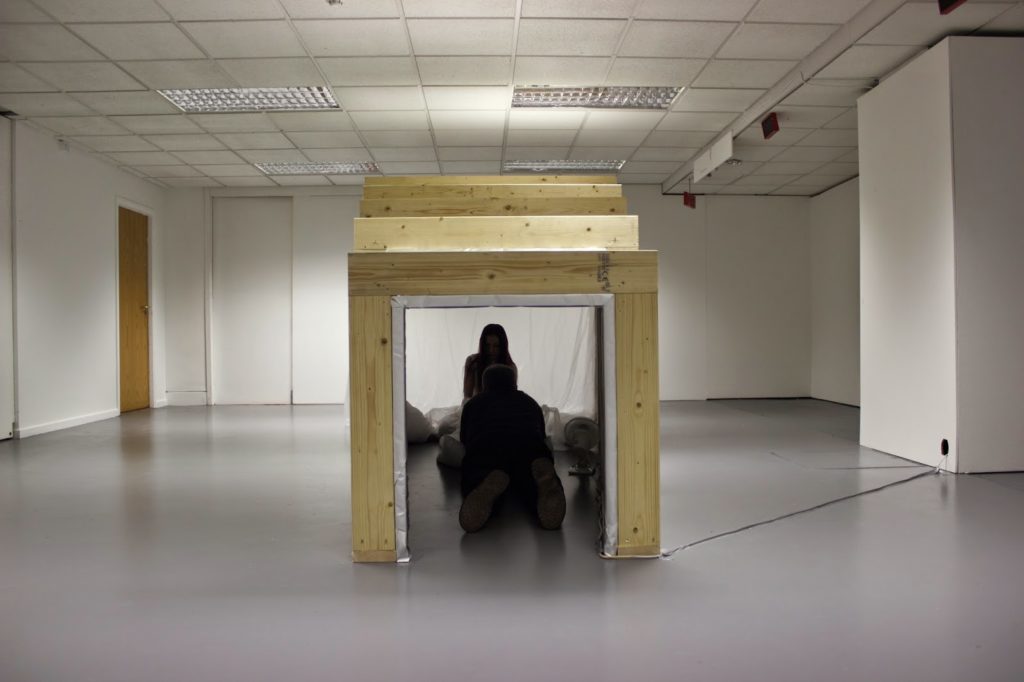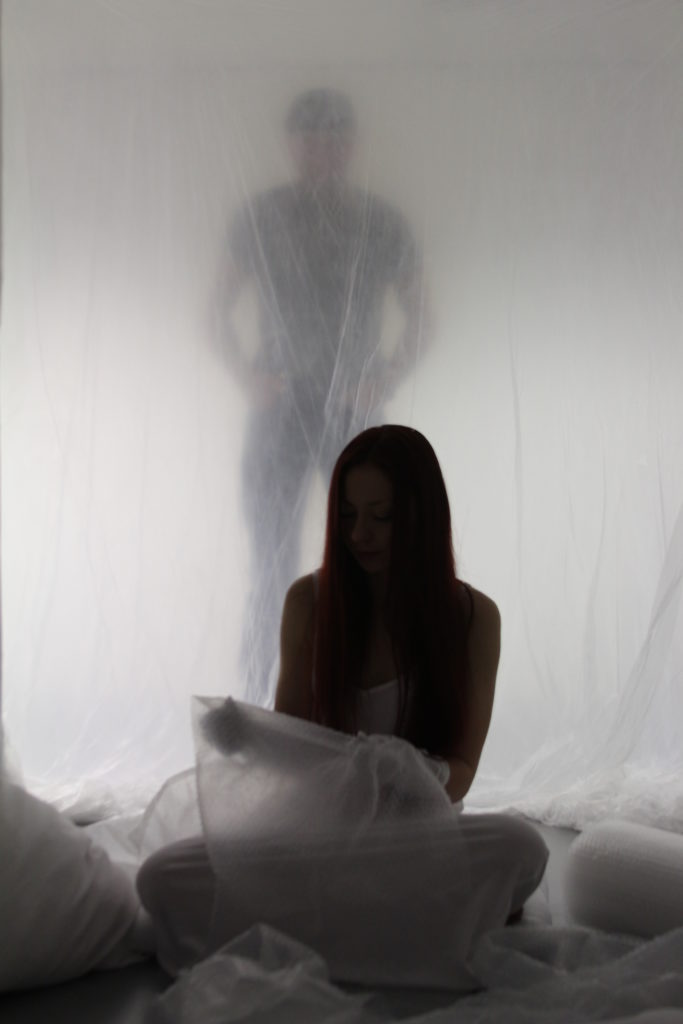One to one performance, 240 min, CCAD Sullivan’s Quay Campus, Cork 2014
The Ecology of the Imagination was a project initiated, curated and perfromed by Mieke Vanmechelen and I in collaboration with CCAE student Max Meester and other CCAE participants and invited guests
Our project title came from a book by Edith Cobb, one of the few grand old ladies in educational thought. She wrote the book “The Ecology of Imagination in Childhood” which was published in 1977 on the year of her death, thanks to Margaret Mead.
Edith Cobb asked the question, why is childhood so crucial to human evolution and culture. She believed that the “genius of childhood” is children’s ability from infancy on to use their five senses in a feedback process with the environment. According to Cobb, this exercise of sensory and perceptual processes in childhood lays the foundations for the neural network of human intuition.
- Wilson, American biologist, researcher, theorist, naturalist and author considers the quest to construct secret space as a “fundamental trait of human nature”… “of ultimate value to survival” and a primal urge which has been almost forgotten. Our plan was to build a ‘hut’ as a site of performance and interaction, in order to awaken imagination and pay heed to our inherent need for play.
Mieke’s interest in psychoanalysis and my research into perception laid the foundations for this collaborative work of art. ‘Ecology of Imagination’ in each stage of designing, making, assembling and performing aims to give the opportunity of interaction between different types of people. Activities that we have never done before provide a release from daily routine and remind us about simple actions that can bring a lot of happiness and relaxation.
Tea and coffee served by Mieke outside the hut provided an opportunity to gradually transfer into the other space. The hut begins has a small entrance and widens incrementally along its length. This causes the body to interact with it immediately. The design is simple; inspired by our changing size while growing up.
One to one performance with a number of different participants of all ages was challenging for me as a performer. Two energies meeting, influencing each other and creating a new one was very much perceptible in the small space. Communication inside the hut is based on action only (not on vocabulary), it is a universal language used so often when children play. Described conditions create a zone that is different to that what we know, it is simple and easy. It expands experience about space-to-human and human-to-human affect.

